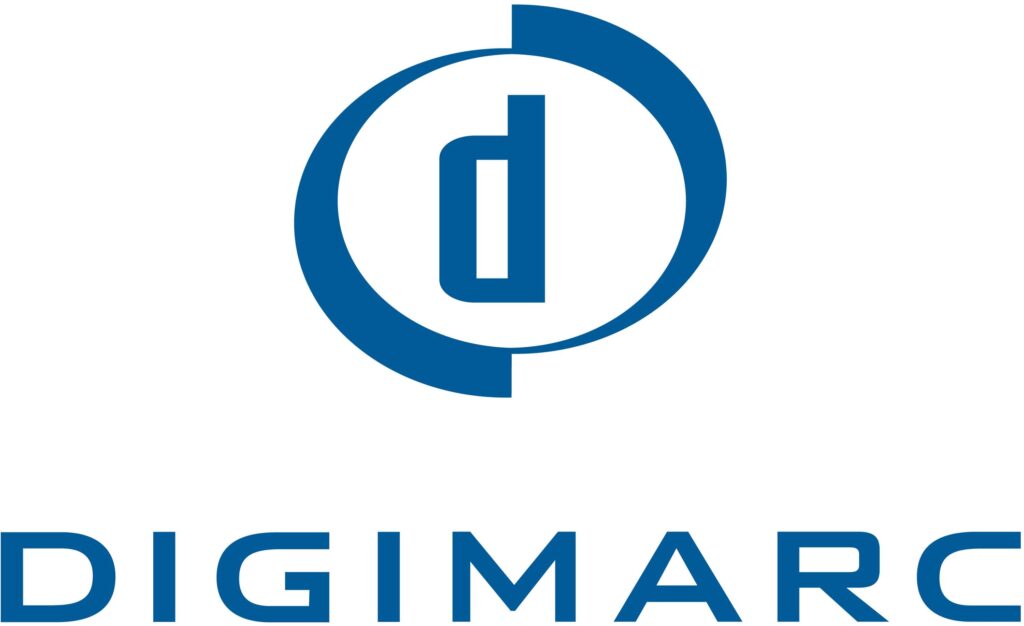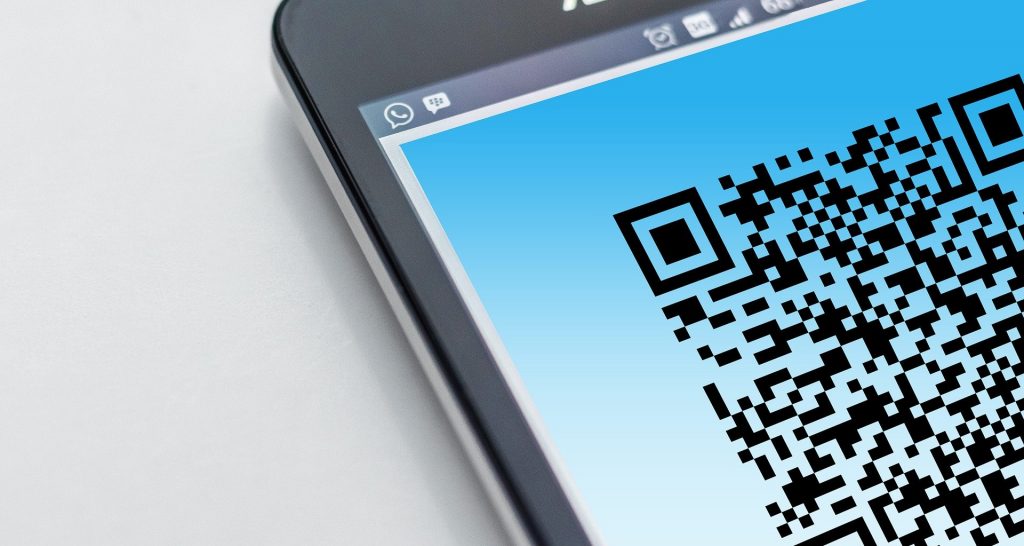Geoff Rhoads got the idea for founding Digimarc while he was working to remove noise from digital photos.
In 1995, Geoff Rhoads founded Digimarc, a publicly-traded company that offers digital identifiers including QR codes and digital watermarks. The company is based in Oregon, United States. The company mainly offers these products and services to prevent counterfeiting, increase accuracy, product authenticity, and many more. The solutions of Digimarc are used in multiple industries from health and beauty to automotive and manufacturing sectors. With the digitized products of Digimarc, companies can witness better brand integrity and full supply chain traceability. Currently, the company has around 300 employees who are working under the leadership of Riley McCormack.
Founding Story
Entrepreneur and astronomer, Geoff Rhoads, worked at Tektronix before founding Digimarc. While he working with the electronics manufacturer, he began his research on space imagery and content protection. This thorough research work took place in the early 1990s and in 1994 Rhoads founded a company called Signet. This venture was exclusively focusing on the concept of digital watermarking. He got the idea for founding Signet while he was working to remove noise from digital photos of deep space imaging. In 1995, Digimarc was founded as a part of Signet and was spun off in the same year. The company was founded in Portland, Oregon with only three employees. In 1996, after the initial funding round, Digimarc released its first product for image copyright communication. The product was basically a digital watermarking plug-in bundled with software like Adobe Photoshop.
In the first round of funding, Digimarc raised $4.5 million which was the highest compared to other new startups in Oregon. Adobe acquired 10% of the company and became one of the major investors. In 1997, Bruce Davis became the new CEO of the company and in the same year, the company was awarded the first digital watermarking patent. Today, the company has nearly 1,100 patents in its portfolio. After a couple of years, the company aimed for developing a global system for deterring the creation and usage of unauthorized banknotes (digital copies). So, it signed a multi-year deal with several banks for preventing digital counterfeiting. In the same year, the company filed its IPO where it raised more than $90 million. By the end of the decade, the company launched MediaBridge for shifting readers from printed media to web content.

Expansion
In 2000, Wired launched its first digitally-enhanced magazine and featured Digimarc technology. The next year, Digimarc acquired a business division of Polaroid Corporation and the assets of the company were used to establish Digimarc ID Systems. This ID system was launched to enhance driver’s licenses in 37 states. But, in 2008 the company sold this business unit for $315 million and shifted its focus toward content protection and digital media engagement. In 2002, Bruce Davis became the Chairman of the Board of Directors, and in 2003 Michigan issued its first driving license using Digimarc technology. In 2004, Digimarc was featured in Forbes magazine for being one of the top 25 fastest-growing companies.
For advanced image identification and a rigorous search system, Digimarc launched Digimarc ImageBridge in 2005. In 2007, the company partnered with Nielsen such that the latter can use the watermarking technology for video content. Digimarc was also recognized by IEEE for having one of the most valuable patent portfolios among software companies. In 2012, the company acquired Attributor Corporation (specializing in content protection services). In 2014, Digimarc ranked four in the 100 Best Companies to Work for in Oregon, and in the next year received Emmy Award for Technology & Engineering.
After its huge contribution to the entertainment industry, the company’s next focus was the retail sector. In 2016, the company partnered with leading retail scanner vendors like NCR, Zebra, and Honeywell. New Seasons Market, an Oregon-based grocery supply chain also adopted the Digimarc barcode in the same year. In 2017, the company opened new offices in Germany and Japan. In April 2021, Bruce Davis retired as the CEO of the company and he was replaced by Riley McCormack. To expand its product base, Digimarc completed the acquisition of EVRYTHNG, an IoT software company in 2022.
About Riley McCormack
Riley joined Digimarc recently and before that he was the CEO and PM of Tracer Capital Management. He is also the founder of this New York-based hedge fund. Riley also worked as a research analyst at Morgan Stanley and also founded TCM Strategic, a fund that has recently made an investment in Digimarc.

Annasha Dey is an NIT student, who apart from studying engineering is also a content writer. She has a great interest in photography, writing, reading novels, and travelling as well. She is a foodie who loves socializing and hanging out with her friends. She is also a trained Kathak dancer and a big fashion enthusiast. Dey also loves watching TV series, which includes F.R.I.E.N.D.S. and Big Bang Theory. To be a better writer she prefers to read more

